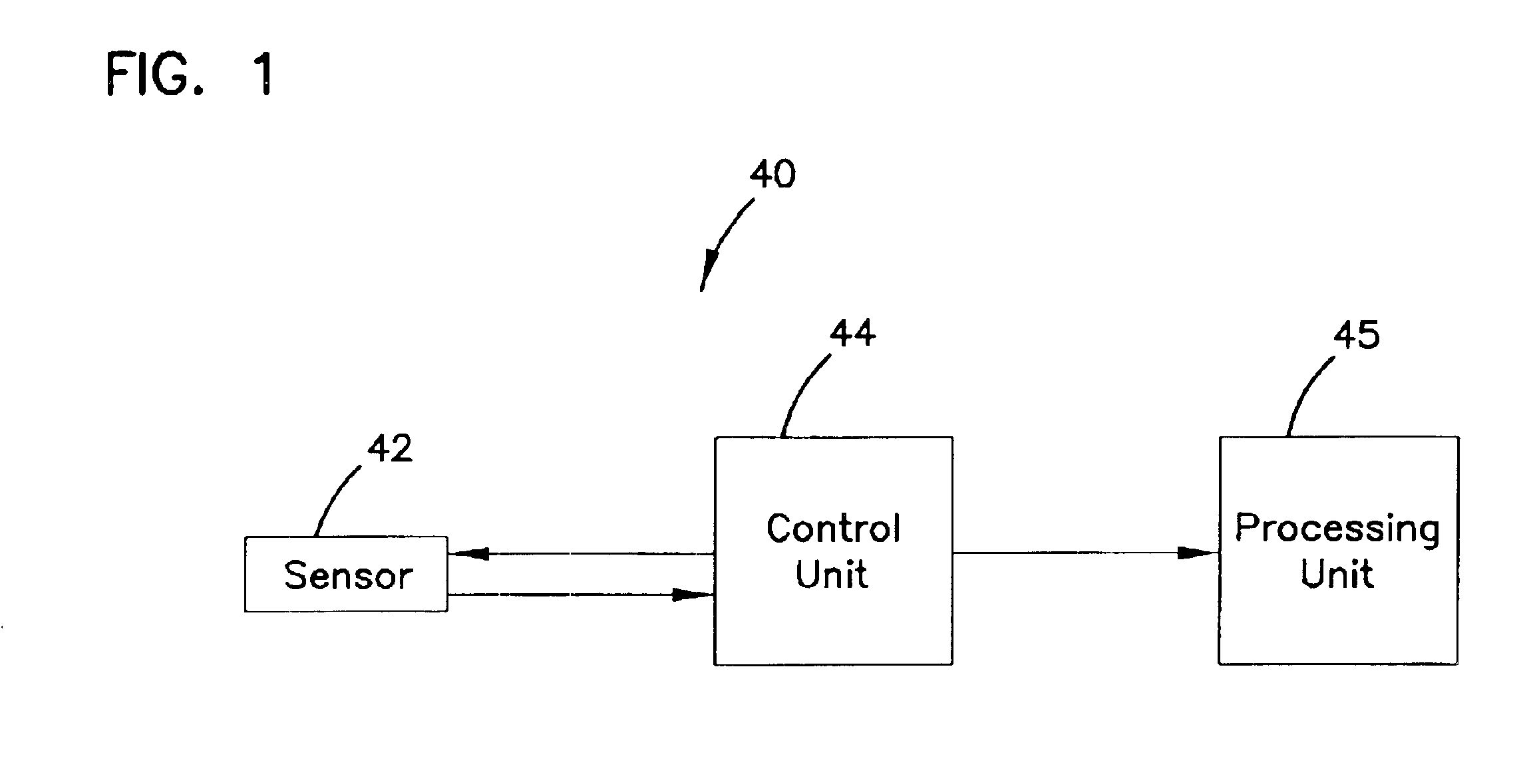Method of making a transcutaneous electrochemical sensor
- Summary
- Abstract
- Description
- Claims
- Application Information
AI Technical Summary
Benefits of technology
Problems solved by technology
Method used
Image
Examples
Embodiment Construction
[0039]The process of the present invention is applicable to the manufacture of an analyte sensor for the in vivo and / or in vitro determination of an analyte, such as glucose or lactate, in a fluid. The process is also applicable to the production of other sensors, including, for example biosensors relaying a chemical signal through a conductive tracing.
[0040]The analyte sensors of the present invention can be utilized in a variety of contexts. For example, one embodiment of the analyte sensor is subcutaneously implanted in the interstitial tissue of a patient for the continuous or periodic monitoring of a level of an analyte in a patient's interstitial fluid. This can then be used to infer the analyte level in the patient's bloodstream. Other in vivo analyte sensors can be made, according to the invention, for insertion into a vein, artery, or other portion of the body containing fluid in order to measure a bioanalyte. The in vivo analyte sensors may be configured for obtaining a si...
PUM
| Property | Measurement | Unit |
|---|---|---|
| Fraction | aaaaa | aaaaa |
| Fraction | aaaaa | aaaaa |
| Width | aaaaa | aaaaa |
Abstract
Description
Claims
Application Information
 Login to View More
Login to View More - R&D
- Intellectual Property
- Life Sciences
- Materials
- Tech Scout
- Unparalleled Data Quality
- Higher Quality Content
- 60% Fewer Hallucinations
Browse by: Latest US Patents, China's latest patents, Technical Efficacy Thesaurus, Application Domain, Technology Topic, Popular Technical Reports.
© 2025 PatSnap. All rights reserved.Legal|Privacy policy|Modern Slavery Act Transparency Statement|Sitemap|About US| Contact US: help@patsnap.com



